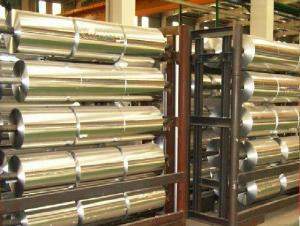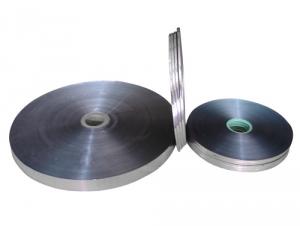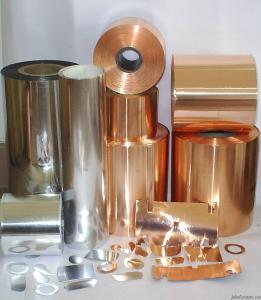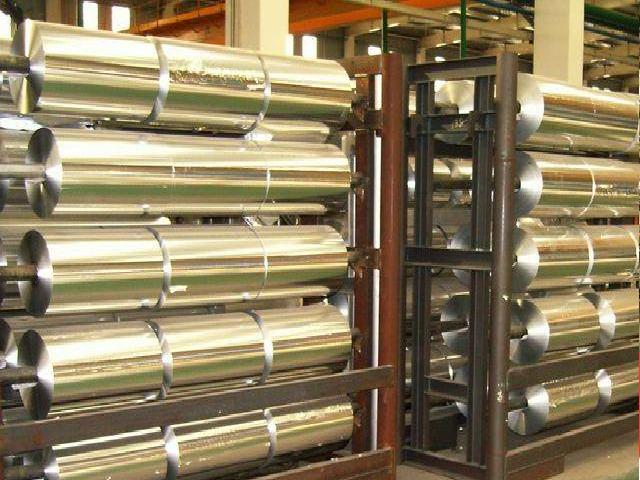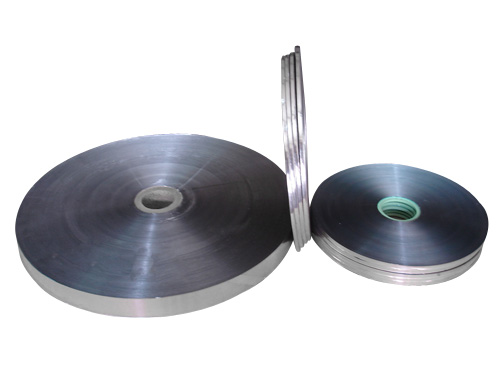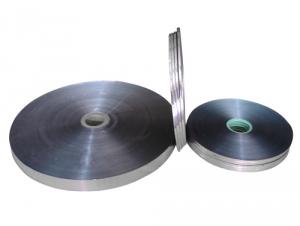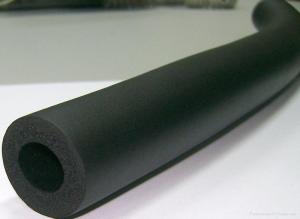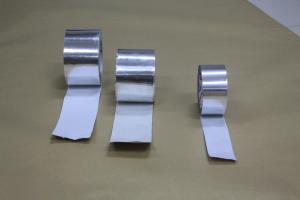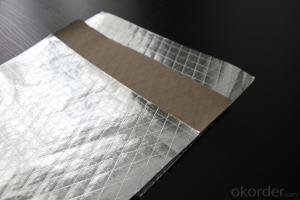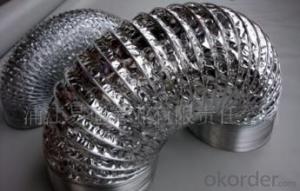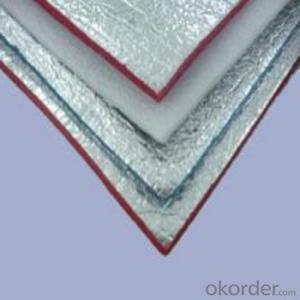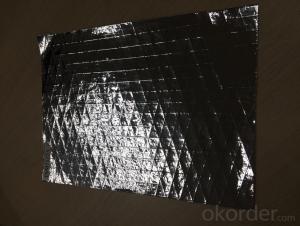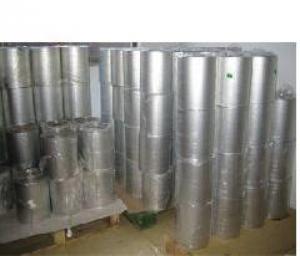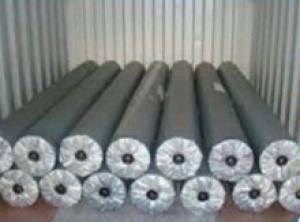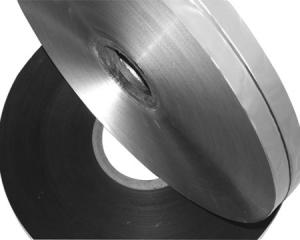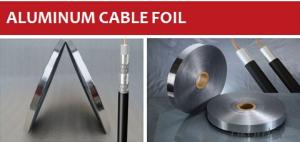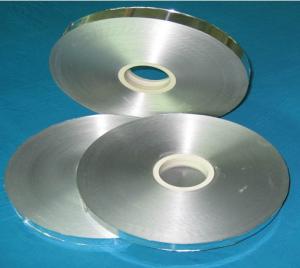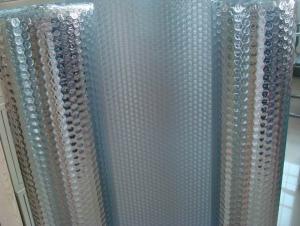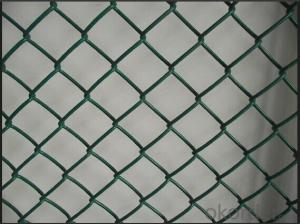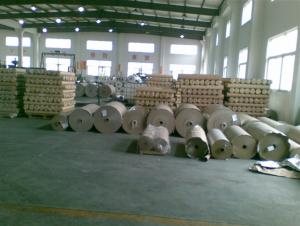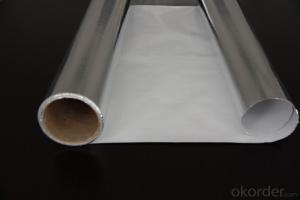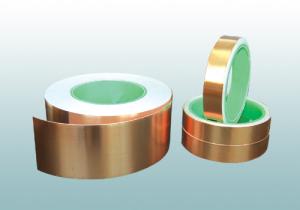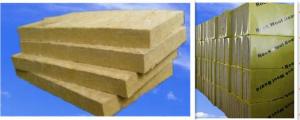Aluminum Foil Facing Metalized Aluminum Foil Mylar Production
- Loading Port:
- Shanghai
- Payment Terms:
- TT OR LC
- Min Order Qty:
- 12 lb/ft
- Supply Capability:
- 123123231 lb/ft/month
OKorder Service Pledge
OKorder Financial Service
You Might Also Like
Aluminum foil facing insulation for Roofing Insulation
1. Aluminum Foil Facing Description:
The production technologies and products performance of aluminum foil facing have been up to international advanced level. The aluminum foil facing products are mainly used for HVAC system, refrigerators, building thermal aluminum foil facing insulation and laminated with glass wool and rock wool to increase the insulation function.
• Heat-sealing aluminum foil facing is used for duct wrap without applying extra adhesive and suitable for online lamination of glass wool and rock wool.
• The PSK aluminum foil facing, whose structure is white polypropylene/ fiberglass scrim/ kraft is mainly used for metal building insulation and suitable for the insulation of ware-house, factory, supermarket, office and so on.
• Double sided aluminum foil facing vapor barrier, whose structure is aluminum foil/ high strength kraft /fiberglass scrim /aluminum foil and laminated together by special flame retardant adhesive, can be used for roofing, wall insulation of house, warehouse, cold storages, factory and others.
2.Main Features of the Aluminum foil facing:
• Light weight
• High manufacturing accuracy
• High strength
• Small inertia resistance
• Strong heat dissipation ability
• Good visual effect
• High reflective insulation
• Heat resistant, water proof, stable at high temperature;
• environmentally friendly,no smell and not-toxic;
• Smooth and clear surface;
3.Aluminum Foil Facing Images
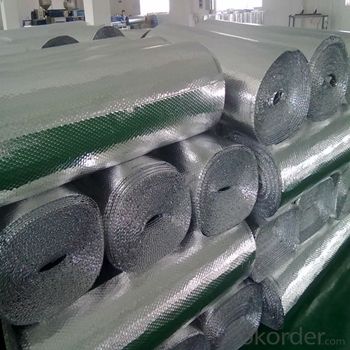
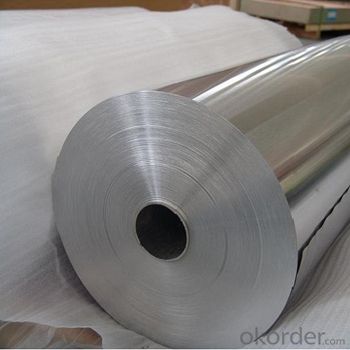
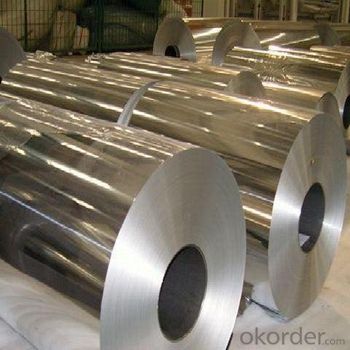
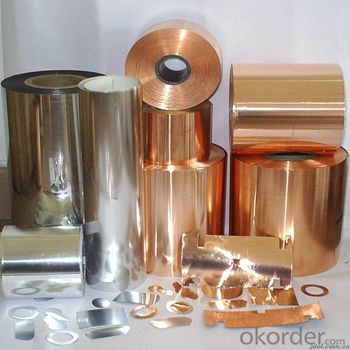
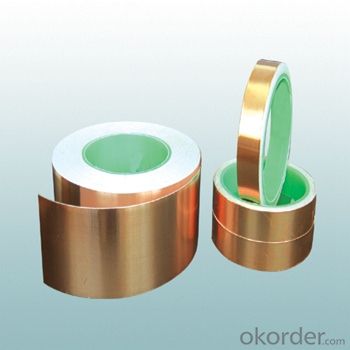
4.Aluminum Foil Facing Specification
TYPICAL PHYSICAL PROPERTIES:
PROPERTIES | UNIT | VALUE | TEST METHOD |
Basic weight | gsm | 80 | ASTM D646 |
Tensile strength: M. D. X. D. | N/25mm | 95 50 | ASTM C1136 |
Burst strength | N | 25 | ASTM D774 |
Reflectivity of foil surface | % | 95 | ---------- |
Temp. Resistance | -29°C +66°C | No change keep soft | ASTM C1263 |
Water vapor permeance | ng/N.s | 1.15 | ASTM E-96 |
Water Soak Test | 24hrs | No delamination | ---------- |
Width: 1.0m, 1.2m, 1.25 m, 1.30, 1.37m
Length: 200m, 500m, 1000m, 2500m, 2750m, 3300m
Core I.D.: 3"(76mm ±1), 72mm ±1
Based on order, special sizes are also available.
5.FAQ
We have organized several common questions for our clients,may help you sincerely:
1. How about your company?
A world class manufacturer & supplier of aluminum foil facing and is one of the large-scale professional investment aluminum foil facing bases in China. Annually more than 1000 containers of aluminum foil facing are exported to markets in Europe, America and Japan.
What is the storage condition?
1,The products should be stored at room temperature and kept from wet and heat source.
2, It is essential, as with all pressure-sensitive tapes, that the surface to which the tape is applied must be clean, dry, and free of grease and oil.
3, The user should take test and do trial-application on the above products before coming into application so as to witness and ensure suitability for user’s special purpose and technique.
3. How to guarantee the quality of the products?
We have established the international advanced quality management system,every link from raw material to final product we have strict quality test;We resolutely put an end to unqualified products flowing into the market. At the same time, we will provide necessary follow-up service assurance.
4. How long can we receive the product after purchase?
In the purchase of product within four working days, we will arrange the factory delivery as soon as possible. The specific time of receiving is related to the state and position of customers. Commonly 7 to 10 working days can be served.
- Q: Is it possible for aluminum foil facing to induce allergic reactions in certain individuals?
- <p>Yes, aluminum foil facing can cause allergic reactions in some people. Aluminum is a common allergen, and individuals with a sensitivity to it may experience contact dermatitis or other allergic responses when exposed to aluminum-containing products. Symptoms can include redness, itching, and rashes. People with a known allergy to aluminum should avoid direct skin contact with aluminum foil and products containing aluminum.</p>
- Q: What distinguishes various grades of aluminum foil sheets from one another?
- <p>Different grades of aluminum foil sheets are distinguished by their thickness, strength, and purity. Grade 1 is the purest and softest, used for food wrapping and baking. Grade 2 is harder and more tear-resistant, suitable for heavy-duty use like grilling. Grade 3 is an alloy and offers high strength and durability, often used in industrial applications. Grade 4 is a heat-treatable alloy, providing high strength and used in aerospace and automotive industries. Each grade has specific applications based on its unique properties.</p>
- Q: This question asks for methods to properly store aluminum foil to ensure its longevity.
- <p>To store aluminum foil properly and make it last longer, keep it in a cool, dry place away from direct sunlight. Use a foil container or a resealable plastic bag to store it. Avoid stacking heavy items on top of it to prevent crushing. When using, always cut the foil from the end to minimize exposure to air, which can cause it to oxidize and weaken. Additionally, you can use a paper towel to wipe the foil before storing to remove any food particles that might cause it to stick together or degrade in quality.</p>
- Q: Is it possible to use aluminum foil facing material to create a bag for storing food items, specifically sandwiches?
- <p>While it is technically possible to use aluminum foil facing to create a makeshift sandwich bag, it is not recommended for long-term food storage. Aluminum foil is not airtight and does not provide a barrier to bacteria or moisture, which can lead to spoilage. For proper food storage, it's better to use food-safe plastic bags or containers designed for this purpose, which offer better protection against contamination and help maintain freshness.</p>
- Q: Is it appropriate to store medications using aluminum foil facing?
- <p>Aluminum foil facing is not recommended for storing medicines. While it can provide a barrier against light and air, it is not an ideal storage medium due to potential chemical reactions between the aluminum and certain medications. Medicines should be stored in their original containers with proper labels, away from light and heat, and as directed by the manufacturer or pharmacist. Using aluminum foil can lead to degradation of鑽晥 and potential contamination.</p>
- Q: Is it possible to use aluminum foil with a reflective surface for storing fruits and vegetables?
- <p>Aluminum foil facing can be used for storing fruits and vegetables, but it's not the best choice. Aluminum foil is not breathable and can cause condensation, leading to spoilage. It's better to use perforated or micro-perforated films that allow for air exchange while keeping light and moisture out. These films help maintain the freshness of produce by slowing down the respiration process and reducing water loss.</p>
- Q: This question asks about potential health hazards linked to consuming food that has been wrapped in aluminum foil.
- <p>There are minimal health risks associated with eating food wrapped in aluminum foil. Aluminum foil is generally safe for cooking and food storage. However, it's important to avoid wrapping acidic or high-sodium foods in aluminum foil, as these can cause the foil to corrode and potentially release small amounts of aluminum. Long-term consumption of aluminum in large quantities has been linked to rare health issues, such as Alzheimer's disease, though this link is not definitively proven. To be safe, use aluminum foil sparingly and avoid wrapping foods that are highly acidic or salty.</p>
- Q: Is it possible to use aluminum foil with a facing layer to create a sandwich?
- <p>Using aluminum foil facing to make a sandwich is not recommended. Aluminum foil is not designed for direct food contact, especially when heated, as it can leach aluminum into the food, which is potentially harmful. Instead, use materials specifically designed for food contact, such as wax paper, parchment paper, or plastic wrap, which are safe for contact with food and can withstand the temperatures involved in making a sandwich.</p>
- Q: How to properly handle aluminum foil when it is exposed to hot or cold temperatures.
- <p>When handling aluminum foil that is hot or cold, it's best to use tongs, a fork, or a pair of gloves to avoid direct skin contact. This prevents burns from hot foil or frostbite from cold foil. If the foil is being used in cooking, ensure it's not in direct contact with the heat source for prolonged periods to prevent melting. For cold applications, like insulation, make sure the foil is dry to maintain its effectiveness as a barrier. Always handle with care to prevent tearing or puncturing the foil, which could compromise its integrity.</p>
- Q: Is it possible to repurpose old aluminum foil facing from various items for alternative uses?
- <p>Yes, you can reuse old aluminum foil facing for various purposes. It can be repurposed for crafts, such as creating reflective surfaces or adding texture to art projects. It can also be used in cooking as a makeshift roasting pan liner or to cover dishes to keep them warm. Additionally, aluminum foil facing can be used for insulation, wrapped around pipes to reduce heat loss, or even as a temporary solution for blocking light in greenhouses or windows. Always ensure the foil is clean and in good condition before reusing it for any purpose.</p>
Send your message to us
Aluminum Foil Facing Metalized Aluminum Foil Mylar Production
- Loading Port:
- Shanghai
- Payment Terms:
- TT OR LC
- Min Order Qty:
- 12 lb/ft
- Supply Capability:
- 123123231 lb/ft/month
OKorder Service Pledge
OKorder Financial Service
Similar products
Hot products
Hot Searches
Related keywords
